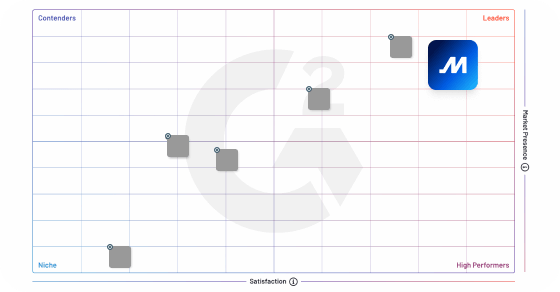Preventive maintenance refers to the regular inspection, cleaning, and replacement of parts or components in a truck to prevent breakdowns and avoid costly repairs. It is a proactive approach to ensure that commercial vehicles are kept in good condition and that any potential issues are addressed before they become major problems.
The primary goal of preventive maintenance is to increase the longevity of trucks and reduce downtime, which can be costly for trucking companies. It is an essential part of fleet management as it helps to keep vehicles in good working condition, improves safety, and reduces the risk of accidents.
Preventive maintenance involves a set of scheduled checkups and routine maintenance tasks that need to be performed regularly. These tasks may include changing oil, replacing air filters, checking tire pressure and wear, inspecting brakes and suspension, and cleaning the exterior and interior of the truck.
To ensure that preventive maintenance is carried out effectively, trucking companies must have a comprehensive maintenance program in place. This program should include a maintenance schedule, a list of tasks to be performed, and a record-keeping system to track maintenance activities and identify trends in vehicle performance.
Frequently Asked Questions
What are three types of preventive maintenance?
The three types of preventive maintenance are time-based maintenance, usage-based maintenance, and condition-based maintenance.
Time-based maintenance involves performing maintenance activities based on predetermined time intervals. Usage-based maintenance is carried out based on the number of hours or miles driven. Condition-based maintenance relies on monitoring equipment’s condition through sensors or inspections and performing maintenance when specific conditions or thresholds are met.
These approaches help prevent equipment failures and extend their lifespan. Explore fleet maintenance best practices.
What are the four types of preventive maintenance?
The four types of preventive maintenance are:
1. Time-based maintenance. Maintenance activities are performed at specific intervals, such as regular inspections or component replacements.
2. Usage-based maintenance. Maintenance tasks are performed based on the vehicle’s usage or mileage, such as oil changes or tire rotations.
3. Condition-based maintenance. Maintenance actions are triggered by monitoring the vehicle’s condition through sensors or diagnostics.
4. Predictive maintenance. Maintenance activities are based on data analysis to predict potential failures and address them before they occur.
What is an example of preventative maintenance?
An example of preventative maintenance is regularly changing the oil in a vehicle according to the manufacturer’s recommended schedule. This proactive maintenance practice helps prevent engine damage and extends the lifespan of the vehicle.
Other examples include calibrating equipment, replacing worn-out parts, and conducting routine equipment checks to identify and address potential issues before they escalate into major problems.
What is basic preventive maintenance?
Basic preventive maintenance refers to routine tasks performed on equipment or systems to prevent potential issues and ensure their optimal performance. It typically involves activities such as regular inspections, cleaning, lubrication, and minor repairs.
Proactively addressing maintenance needs helps avoid costly breakdowns and extends the lifespan of equipment, reducing overall downtime and expenses.



